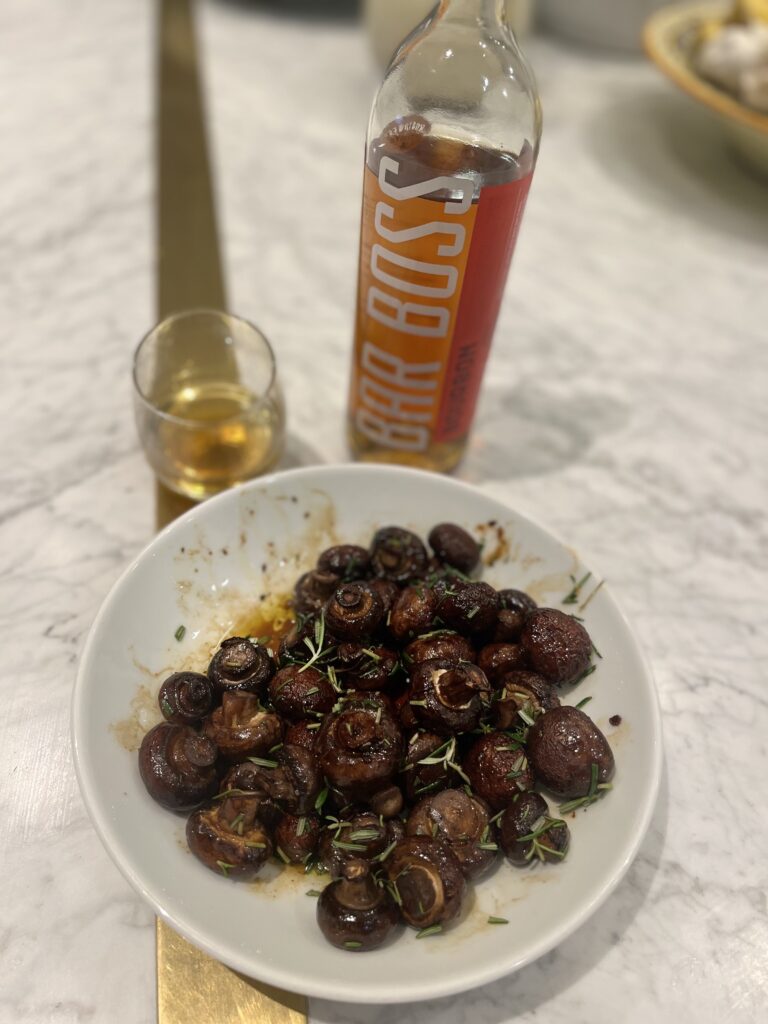

Occasionally inflicted with a certain arrogance, this glorious wine-growing nation has delivered more pleasure than any other. Indeed, the Rhône, even at the top end, has yet to catch up with Burgundy Grand Cru prices. Bourgogne Rouge is seldom overpriced, while the mighty reds of the Southern Rhône and Languedoc-Roussillon deserve greater recognition. With a run of excellent vintages under its belt, mid-range Bordeaux is an attractive proposition. Every major region, even Burgundy, is producing superlative wines that don’t cost the earth. The other side to France is driven by value. If you suggest to a Kiwi that their Pinot Noir reminds you of a good Burgundy, just wait for the beaming smile. French grapes and wine styles remain the country’s most popular and iconic export. From California to Hawke’s Bay, growers are obsessed with making their versions of Margaux and Chambertin. Nevertheless, there is no doubt that France has provided the seminal benchmark for New World producers to follow. The fine wine sphere, endlessly hyped, is responsible for the world’s most luxurious red wines, often with eye-watering prices.

Like every wine nation, France is a chameleon. Of course, it’s a long way from becoming a facsimile of Napa Valley or Stellenbosch. The region has even opened its heart to tourism, building new plush hotels, Michelin restaurants, and tasting rooms. Sustainability, once treated with scorn, is a major priority across Bordeaux. As a result, natural and low-intervention winemaking is all the rage, particularly in the South of France. New hybrid varieties are being trialed in the fight against climate change, while the organic and biodynamic movement is spreading like wildfire. It’s just that winemakers tend to be more discrete about it. However, France has changed a great deal over the past two decades. Fortunately for them, the market tends to agree. Terroir is their very being and lifeblood. In a sense, they feel they cannot adapt: winegrowers are fiercely attached to their vines and the soil they inherit. It’s just that Gallic vignerons see things very differently. The switch of emphasis from place to grape has made the whole business far less opaque and more user-friendly. After all, good Merlot can be made across the world – Pomerol can only come from Bordeaux.īut don’t get us wrong. This, they argue, gives them a decisive advantage. Although most New World labels promote the grape variety with cheerful abandon, most French regions market soil and climate, not the varietal.

In the secondary market and auction houses of London, Hong Kong, and New York, France continues to dominate. They’re adored by collectors who view Gallic winemaking as the pinnacle of all that is refined and sophisticated. Despite the ever-increasing global competition, Champagne, Meursault, Pauillac, and Volnay are keenly sought-after commodities. Ironically, this reactionary tendency may be the secret to France’s success. And NV Champagne is still made using the traditional method, blending across different terroirs and vintages to create a far greater product than the sum of its parts. Burgundy has not accepted new Grand Crus into the fold. The Medoc hierarchy, save the promotion of Mouton Rothschild, is as rigid as ever. Longstanding visitors to Bordeaux, Champagne, and Burgundy will tell you that the appellations have not changed in any meaningful way – based on initial appearances, at least. Yet, at first glance, France remains aloof.
#French dry red wine series#
The global wine industry has witnessed a series of tectonic movements over the past 20 years: As the world’s viticultural map continues to expand and change at an unprecedented rate, the birthplace of fine wine appears to be sleeping.


 0 kommentar(er)
0 kommentar(er)
